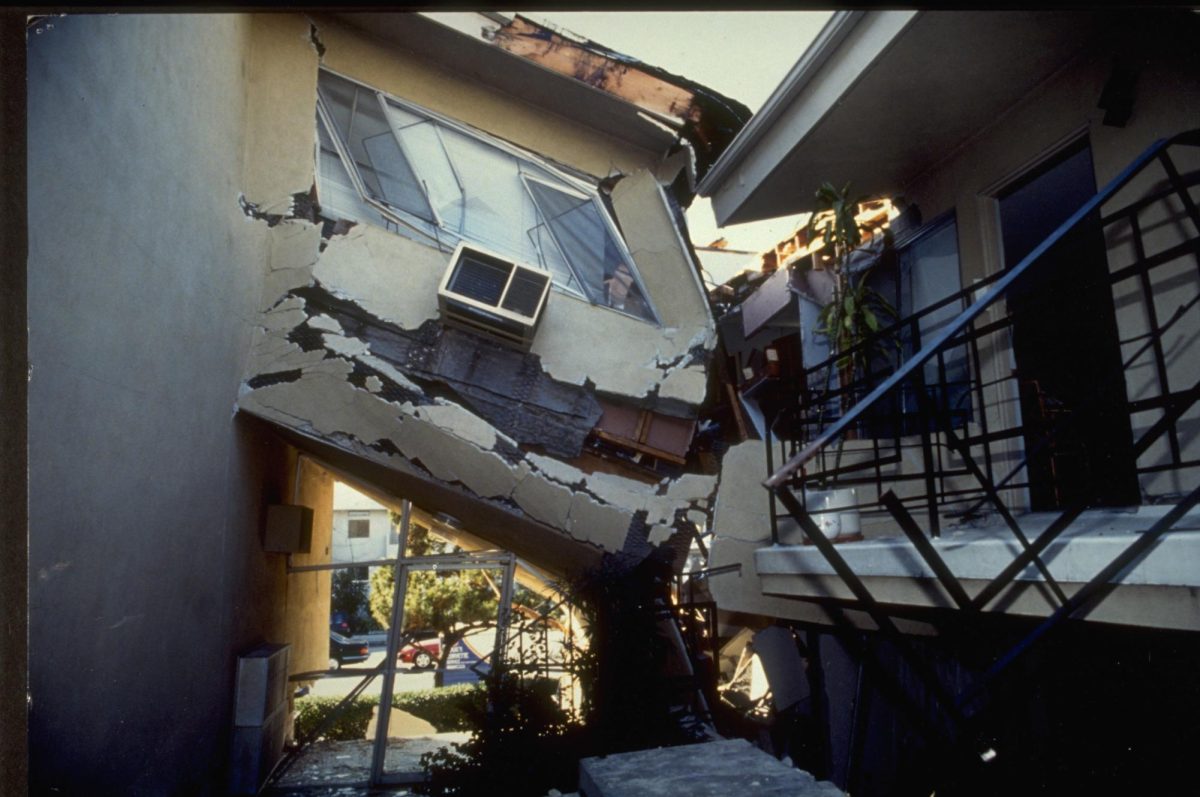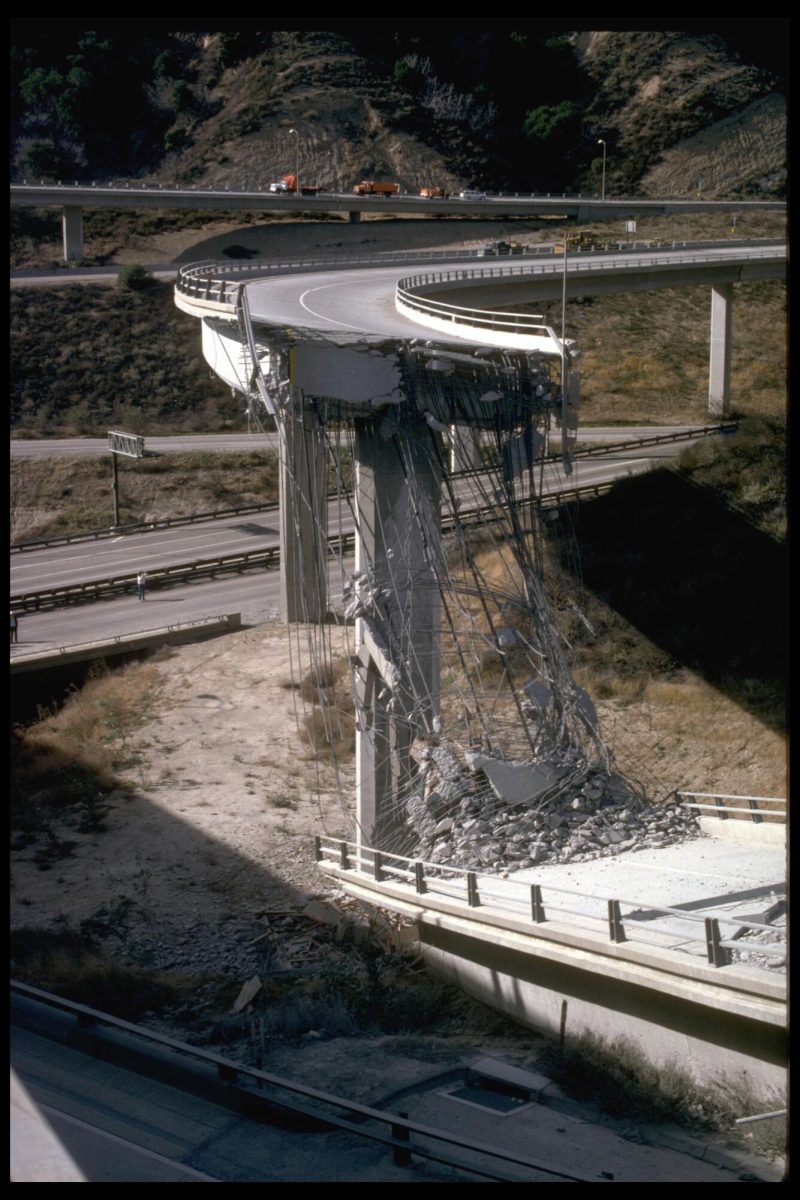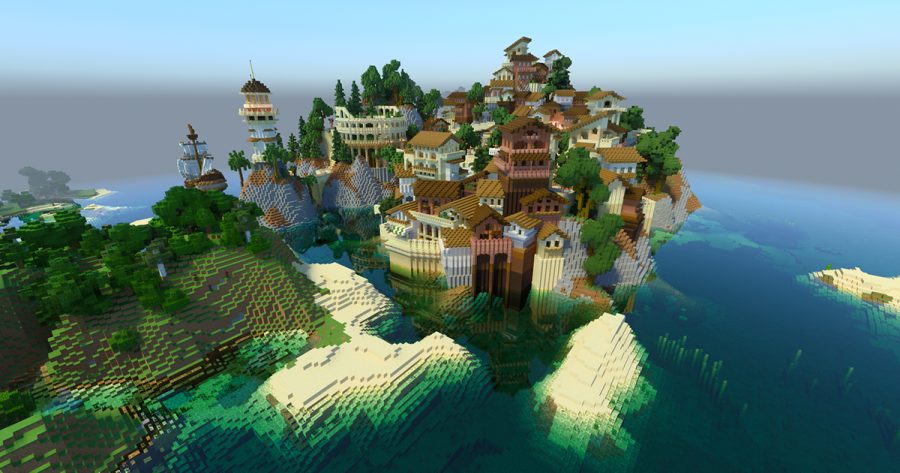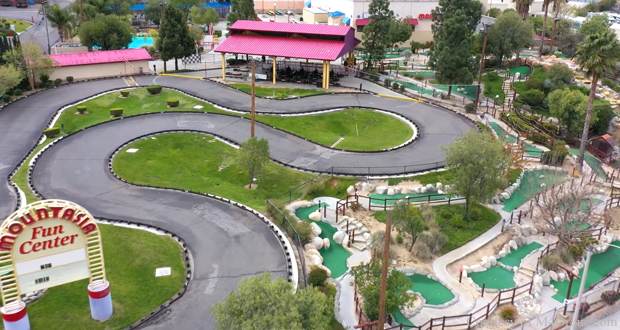The James Webb Telescope
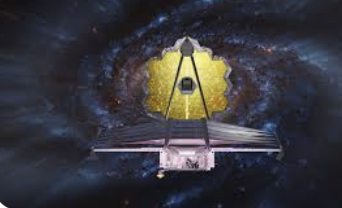
Courtesy of Space.com
September 14, 2022
NASA just released its new telescope out to space and it has the potential to change history. The James Webb telescope was created by The National Aeronautics and Space Administration (NASA) and it has been 259 days since the launch. The telescope has taken some astonishing pictures so far.
The Launch
The James Webb Telescope launched on December 25 on the Ariane 5 rocket. It was launched at Guiana Space Centre in Kourou, French Guiana. It was transported over 5,800 miles to the launching site and is currently over 1 million miles away from our atmosphere.
How It’s Made
There was a huge process to build the James Webb Telescope.
It’s made out of 18 hexagon mirrors. The mirrors are to reflect as much light as possible. The rest of the telescope is made out of several different metals. The metals include aluminium, silver, and gold. These metals are used for the reflection of the image for the telescope. There is also a sunshade for the telescope that’s very large. It is 69 feet by 46 feet and is made out of five layers of a material called Kapton. The telescope has taken over 30 years to build and 10 billion dollars to make, but now it is finally in orbit.
It’s Purpose
Scientists have built this telescope for a reason. This telescope has been made to see galaxies, exoplanets, and stars from millions of light years away. Scientists want to find out what really started this universe. We are so close, only about 100 million years away from the start of which happened 13.8 billion years ago. Student Miles Archie in 7th grade claims “I hope that the scientists find what they need and am excited to know everything we find out about this universe.” The James Webb Telescope wants to discover life and places that we could possibly live on. The satellite is very important to humanity.
In conclusion, The James Webb Telescope has helped scientists find out new things. It has taken several years to finish building and has been worth it. We have discovered many new things including the very first stars and exoplanets. The mission will last five to ten years and will benefit the view of our universe.
